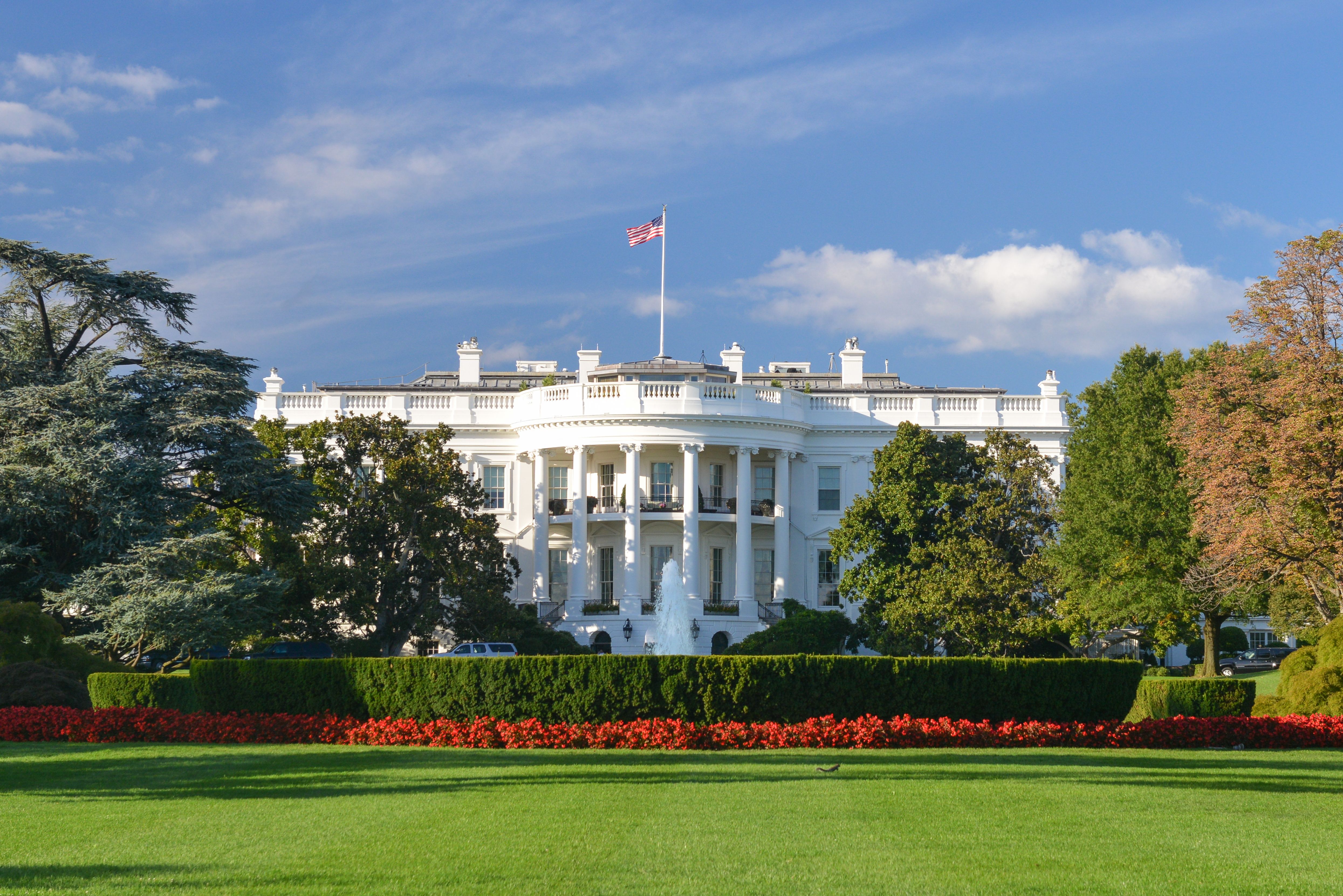News
Article
Campaign Against Counterfeit Drugs Continues
Author(s):
Drug companies team up with INTERPOL to keep counterfeit medicines off the Internet and out of the hands of patients.
The fight against counterfeit medicines is back in the headlines, with the announcement that INTERPOL and 29 of the world’s largest pharmaceutical companies have teamed up for a new campaign. The three-year campaign, which will receive €4.5 million in funding, will involve the creation of INTERPOL’s Pharmaceutical Crime Programme (1). The campaign is being designed to complement INTERPOL’s existing Medical Product Counterfeiting and Pharmaceutical Crime (MPCPC) unit. The new programme will cover a wide range of pharmaceutical crime including branded and generic drug counterfeiting. INTERPOL also aims to identify and dismantle the organised crime networks linked to this illegal, but lucrative activity. The new campaign was launched with considerable publicity and the belief of the pharmaceutical industry in the initiative was highlighted by the public statements issued by a number of company chief executives including Christopher Viehbacher of Sanofi (2). The European Federation of Pharmaceutical Industries and Associations (EFPIA) also released a statement strongly backing the initiative (3).
Ongoing anticounterfeiting initiatives
One of the frustrations for pharmaceutical companies is that when counterfeit products do appear on the European market, they have often originated from elsewhere in the world; only a global campaign against counterfeiters that involves multiple stakeholders stands any real chance of success. In the past, there was a tendency to believe that the European supply chain was somewhat impenetrable; however, incidences of counterfeit products reaching European countries continue to be on the rise. The constant need for vigilance to safeguard patients’ health has been highlighted by INTERPOL’s Pangea initiative to combat the online sale of counterfeit medicines. In October 2012, Pangea V involved INTERPOL, customs, police, regulatory authorities and other enforcement agencies from different countries (4).
Pangea V was conducted in 100 countries, an increase from the 81 countries that participated in Pangea IV in 2011, and primarily targeted Internet pharmacies (4). Pangea’s global reach has expanded rapidly over the years. In 2008, Pangea I only featured eight countries and Pangea II in 2009 involved 25 countries (5). Pangea V led to the shutting of approximately 18000 online sites and the dismantling of a large number of payment-processing networks that operated through the illegal online pharmacies. This effort required close coordination with parties such as credit card companies. The scale of the counterfeit seizures illustrates the rate at which counterfeiting has continued to grow as a criminal activity. Pangea V resulted in the seizure of 3.75 million medicine units, which were valued at approximately US$10.5 million. What was shocking was that this seizure was a fourfold increase over that in the 2010 operation (4).
The UK’s Medicines and Healthcare Regulatory Agency (MHRA) played a major role in Pangea V. Together with the UK’s Border Force, the agency seized more than 2.3 million doses of unlicensed medicines, valued at approximately £3.8 million, which included 68000 doses of counterfeit pills (5). MHRA action also led to over 384 generic top-level domains in the UK being suspended and a further 120 domain names being shut down (5). In Northern Ireland, these raids resulted in the interception of the delivery of thousands of illegal prescription drugs to local addresses (6). The drugs included over 55000 benzodiazepines, a number of pain relief medicines and unidentified psychoactive substances (6). Health ministers warned the public not to be tempted by price cuts to seek medicines from unauthorised sources.
The MHRA has had a dedicated anticounterfeiting strategy for the UK since 2007, which has not only resulted in seizures of counterfeit medicines but also the conviction of criminals behind the distribution (7).
While the agency has achieved success with its strategy, it has observed a continuing attraction of the UK pharmaceutical market to counterfeiters and the increasing sophistication they are employing to break into the UK’s legitimate supply chain. Parallel-trade routes have been employed on a number of occasions as a means to reach the UK market via other EU markets and take advantage of economic conditions that have skewed exchange rates within the region (7). The only known case where the point of origin for such products was the UK was recorded in 2003.
In 2012, MHRA launched its second action plan, the Falsified Medical Products Strategy 2012-2015. A key part of the MHRA’s strategy is to collaborate with other stakeholders and to ensure international cooperation. The MHRA holds twice-yearly meetings of the Anti-Counterfeit Stakeholders (ACS) group, which involves pharmaceutical industry trade associations, wholesalers, parallel traders, generics manufacturers and other stakeholders with a focus on the UK market. At its core, the MHRA’s current strategy focuses on prevention, ensuring a timely and professional response to incidents and investigation, whereby relevant laws are used to prosecute those involved in illegal medicines trading. There has also been great emphasis on communication with the public to be vigilant regarding counterfeit medicines.
Individual pharmaceutical companies in Europe also run their own operations against counterfeiters. For example, Sanofi has been working with Air France on a communication campaign targeted at travellers (8). According to the Sanofi campaign, 27 million medical products were retained by Customs in the EU during 2011, which was nine times more than the figure in 2010 (8). The company also has its own anticounterfeiting laboratory, which it makes available to authorities wishing to analyse suspect products. To date, the laboratory has analysed more than 20000 such products.
In Germany, the major pharmaceutical industry and pharmacists associations started a nationwide pilot project in January 2013 to examine the efficiency of a new protection system against counterfeit drugs (9). Termed, securPharm, this software-driven system involves scanning a coded sales pack in the pharmacy to verify the authenticity of a medicine against an individual randomised package number before it is dispensed to patients. Supporters of the initiative believe that it might eventually serve as an example to other EU countries. However, one anticounterfeit technology supplier has criticised the technological approach of securPharm, stating that the data-matrix code involved is not forgery-proof (10).
Stronger legal measures
Although, anticounterfeiting initiatives are of vital importance, there is also a need to make sure that appropriate laws are in place to deal with counterfeiters. In this regard, considerable hope has been placed in the Council of Europe’s MEDICRIME Convention, adopted on 8 Dec., 2010. The concept of the Convention was to establish a legal framework that would be truly global to deal with those trading in counterfeit medical products (11). One of the weaknesses at present is that while law enforcers in Europe can deal with counterfeiting operations in the region, they have difficulties in prosecuting those located beyond their jurisdictions. Furthermore, even if it were possible to apprehend some of these criminal groups, individuals are able to escape prosecution due to weaknesses and ambiguity in local laws (12). The MEDICRIME Convention has utilised a broad definition of counterfeit medical products, so that criminals cannot take advantage of existing differences in legal interpretation over terminology to evade prosecution. For example, in some countries, what is regarded as a counterfeit drug may only be termed a substandard product in another country, meaning that only limited action would be taken.
While some bodies, such as EFPIA, have praised the MEDICRIME Convention (13), others have expressed doubts regarding its effectiveness (12, 14). Although a number of countries have signed the Convention, they have not ratified it, particularly countries from outside Europe that are often suspected as sources of counterfeit products targeting the region (12, 14). One suggestion, by authors from the World Federation of Public Health Associations, International Pharmaceutical Federation and the International Council, which was also published in BMJ, was to have a global treaty to combat counterfeit medicines (15). The authors suggested that this initiative should follow the style of the World Health Organisation’s Protocol to Eliminate Illicit Trade in Tobacco Products (16) to be effective. Until legal measures are globally effective, current initiatives to seize counterfeit products will undermine the ability to prosecute many of those behind illegal activities.
References
1. INTERPOL, “INTERPOL and pharmaceutical industry launch global initiative to combat fake medicines,” Press Release, 12 Mar., 2013. www.interpol.int/en/Internet/News-and-media/News-media-releases/2013/PR031, accessed 2 Apr., 2013.
2. Sanofi, “Combating drug counterfeiting: a global INTERPOL and pharmaceutical industry initiative,” Press Release, 12 Mar., 2013.
3. EFPIA, “INTERPOL and pharmaceutical industry join forces in new global initiative to protect patients from counterfeit medicines,” Press Release, 12 Mar., 2013.
4. P. Taylor, “Pangea V nets almost 4m illicit medicines,” Securing Industry, 4 Oct., 2012.
5. MHRA, “MHRA plays vital role in £6.5million drugs bust and stopping spam emails,” Press Release, 4 Oct., 2012. www.mhra.gov.uk/NewsCentre/Pressreleases/CON189211, accessed 2 Apr., 2013.
6. BBC, “Thousands of illegal prescription drugs seized in Northern Ireland,” 4 Oct., 2012.
7. MHRA. Falsified Medical Products Strategy 2012-2015, MHRA, Mar., 2012.
8. Sanofi. Faux medicaments! Communiqué. (French)
9. Bayer. The German securPharm Initiative.
10. J Butschli. Label supplier says Germany’s new counterfeit drug ‘shield’ not sufficiently effective. Healthcare Packaging. 11 Dec., 2012.
11. S. Keitel, Generics and Biosimilars Initiative Journal, 1 (3-4) 138-141 (2012).
12. Bad medicine. The Economist, 12 Oct., 2012.
13. EFPIA, MEDICRIME Convention. Position Paper of the European Federation of Pharmaceutical Industries & Associations, Position Paper, undated.
14. A. Attaran, Amir Attaran on tackling counterfeit medicines. BMJ Group Blogs, 6 Mar., 2013.
15. BBC, “Call for global crackdown on fake medicines,” 13 Nov., 2012.
16. WHO, “Protocol to Eliminate Illicit Trade in Tobacco Products opened for signature,” Press Release, Geneva, 10 Jan., 2013.
Newsletter
Get the essential updates shaping the future of pharma manufacturing and compliance—subscribe today to Pharmaceutical Technology and never miss a breakthrough.





